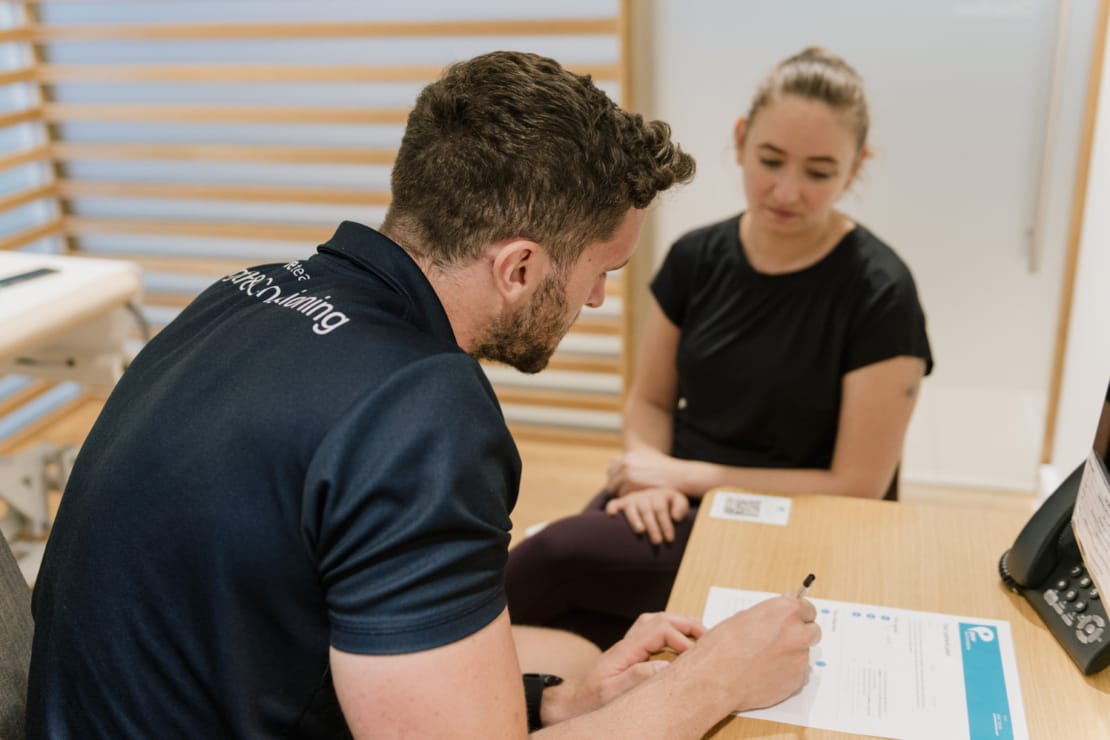Finding the Best Exercise: Tailoring Workouts to Your Lifestyle

Pure Sports Medicine
- 6 August, 2020
- Podiatry
- 2 min read
Finding the Best Exercise: Tailoring Workouts to Your Lifestyle

Over the years, the advice on which type of exercise is best has been a topic for debate. Running, swimming, weightlifting, tennis, walking, Pilates, yoga – the list goes on.
The question I commonly get asked is, which one is best? As always, within this sometimes frustrating and ever-evolving industry that we call ‘Health and Fitness’, the answer truly depends on the person.
Do you they have pain? Are there other health issues at play? Are they fit enough to perform the activity? Can they afford it? Unfortunately, until a discussion and assessment have been done, the question is difficult to answer. I will, however, do my best to give a clear overview although, I would advise for a specific injury or problem, to speak to a healthcare professional directly on a 1:1 basis.
According to the UK National Physical Activity Guidelines for adults, their key recommendations include:
1) Attempting to do 2.5 hours of low-moderate physical activity a week, i.e. Walking, low-level swimming, cleaning and gardening.
OR
2) Attempting to do 75 minutes of moderate-vigorous activity a week, i.e. Running, high-intensity swimming, HIIT training, tennis, etc.
AND
3) Attempting to do 2 x strengthening activities/sessions per week, i.e. weights training, home exercise strength training, certain yoga, Pilates, laborious work, etc.
Though this may seem vague, it provides a sufficient platform to work out a weekly exercise regime that is going to be best for you. These guidelines are given to avoid not only nasty health issues, but also to set a good benchmark for avoiding injury, increase overall body function and minimise the chance of, or improve, pain.
Below, I’ve outlined two examples of how you can use this model to form a weekly workout structure.
Example 1:
1) 5 x 30 mins walk during a lunch break
2) 1 x formal full-body gym sessions
3) 1 x active yoga session
Example 2:
1) 2 x 35-40 min vigorous swims
2) 2 x upper/lower body gym workouts
Ultimately, the best exercise is the exercise you enjoy. Pick two activities; one that is more cardiovascular based, and one more strength and apply them to the guidelines above.
Once again, I should mention that the advice provided here is an overview and so fairly generalised. For a personalised programme, book an initial appointment with one of our Physiotherapists, so that our team can assess your individual needs and create a programme that’s specific to you.

Advice
Over the last 20+ years our experts have helped more than 100,000 patients, but we don’t stop there. We also like to share our knowledge and insight to help people lead healthier lives, and here you will find our extensive library of advice on a variety of topics to help you do the same.
OUR ADVICE HUBS See all Advice Hubs

